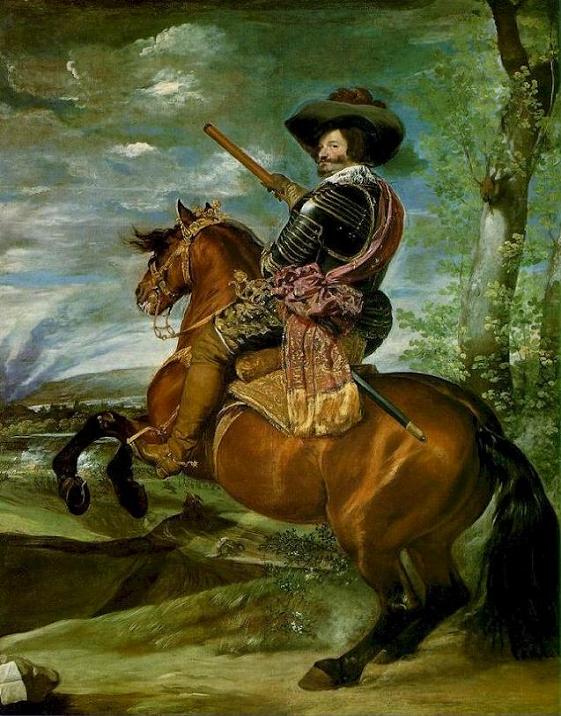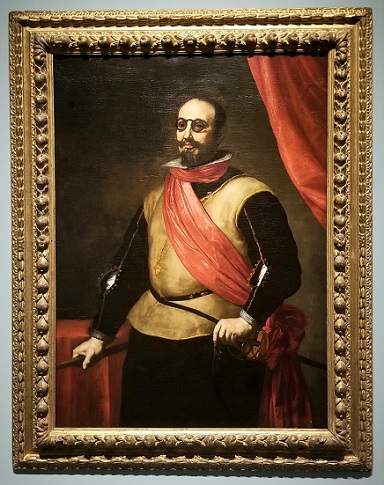Subject: hidalgo nobleman
Culture: Spanish
Setting: Siglo de Oro, Habsburg empire 17thc
* Kimbell Art Museum
"Diego Velásquez (1599-1660) Portrait of Don Pedro de Barberana c1631-33 Oil on canvas ...
Born and trained in Seville, Velásquez moved to Madrid, where he served King Philip IV from 1623. As court painter, his main responsibility was to produce portraits of the royal family and their circle. These remain unsurpassed in their depth of conception and extraordinary painterly technique.
* Museo del Prado
"VELASQUEZ"
* Museo del Prado
* Meadows Museum > Canvas & Silk: Historic fashion from Madrid's Museo del Traje
"JUSEPE DE RIBERA (1591-1652) Portrait of a Knight of Santiago, c. 1635 Oil on canvas ....
Although the identity of this portrait's sitter has yet to be fully confirmed, what is known has been surmised thanks to fashion. Of particular note is the shell-shaped medal or pendant hanging around the man's neck. Ribera has taken great care to paint thereon the red, sword-shaped cross worn by knights of the Order of Saint James.
"The use of insignia to identify members of one of the elite religious military orders (such as those dedicated to Santiago [Saint James], Montesa, Alcántara, Calatrava, Jesucristo [Jesus Christ], or San Juan [Saint John]) was common from the late medieval period. Over the course of the seventeenth century, however, it became popular for jewelry, rather than embroidered garments, to bear these symbols. Not unlike present-day military medals, as accessories, insignia were independent components of one's attire, thus making it possible to wear the same piece with various garments. As pendants, they were typically suspended from the neck by a chain, cord, textile ribbon, or affixed to a sash.
"Historically, the majority of Spanish gentlemen in military orders purchased their medals privately from jewelers, which led to significant variation between the materials, techniques, and shapes employed. Here, Ribera's use of a warm-yellow paint suggests the sitter's chain and pendant were made of gold, perhaps with an enameled cross, although precious stones were also sometimes used. The use of the iconic shape of a scallop shell (venera), the symbol of Saint James and the pilgrimage to his shrine at Santiago de Compostela, evokes antique models. Examples of Spanish insignia." ....

